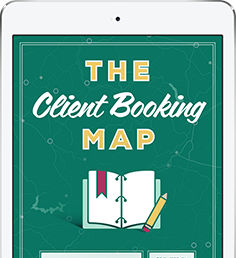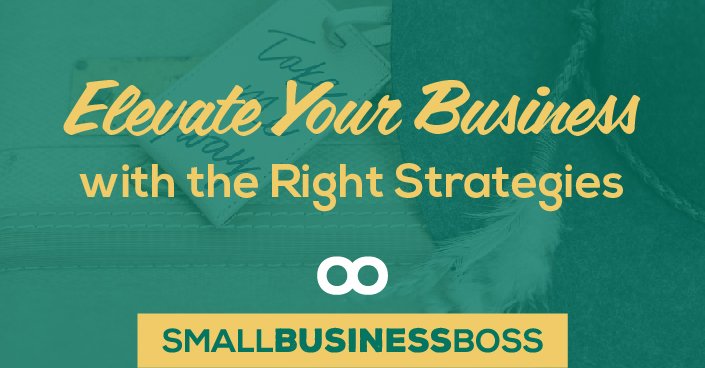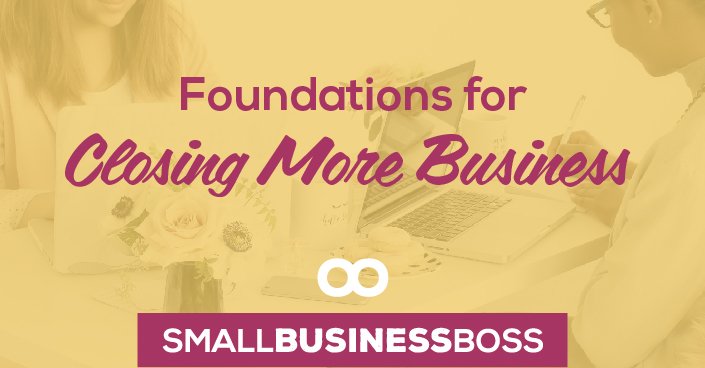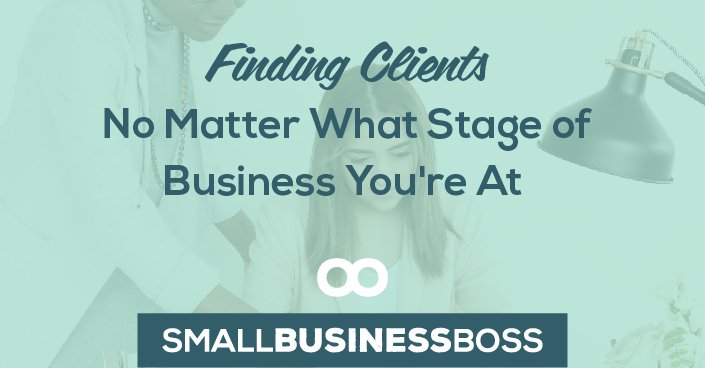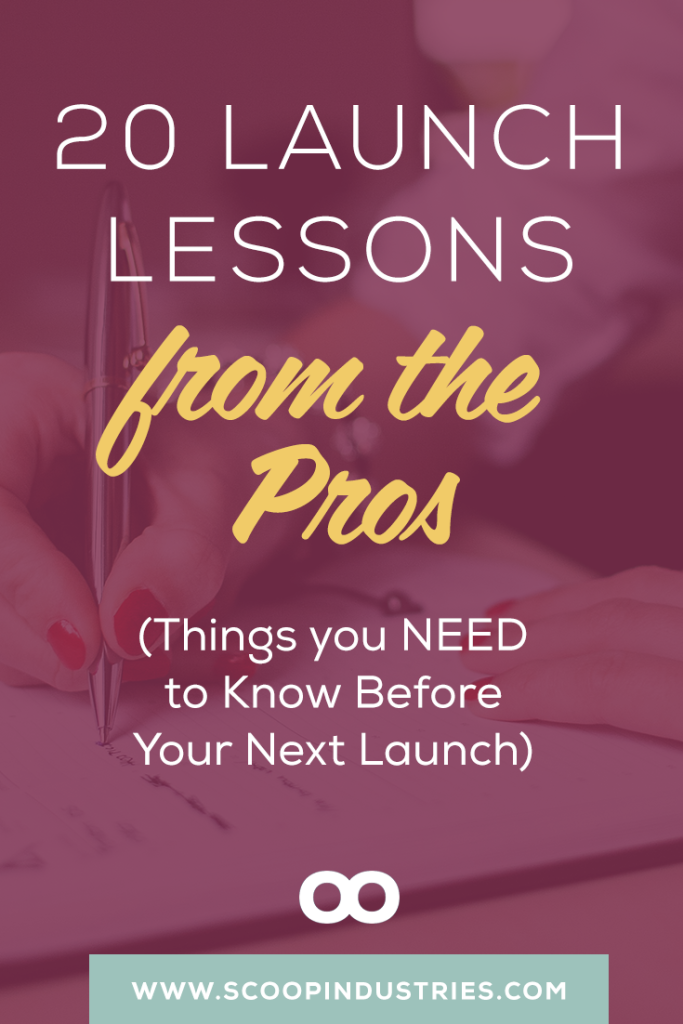
Ready to launch?
Yeah, I know. No one is ever 100% ready to launch! (And if they are, I can guarantee they are missing something.) It’s time for launch lessons!
It doesn’t matter what you’re launching – from a signature service to your flagship ecourse to something much smaller – it’s always a lot of work.
That’s not to put you off. Launching can be an incredible experience. It also can be humbling as you hustle to make it happen.
Personally, I’ve been on both sides of the fence and there’s always something new to learn.
Over the course of my career, I’ve helped launch countless things. Everything from being part of the launch team for a well-known tech company’s worldwide product announcement (my job was media for the event and handling all the reports on-site from all over the country) to a membership website in the papercrafting community. Then there’s all of my own launches and client launches over the past couple of years.
It’s a lot of launching. And Brittany is right with me having launched consumer product goods to big money online programs. We actually started to count and we’re confident that between the two of us, we’ve been a part of over 100 launches. (CRAZZZZZY, RIGHT!?!)
Every one of those launches taught us something and we’re still always learning. But we wanted to help you cut down on some of the launching learning curve by sharing these 20 pro launching lessons.
We bring you 20 pro launching lessons for your next launch:
Lesson #1: Be Confident
First lesson of launching. And it’s a big one. If you don’t believe in what you’re selling, no one else will either.
Before you launch anything, do the inside work to get your head where it needs to be. And if you’re having doubts, figure out if it’s just a raging case of imposter syndrome or if you’ve got legitimate concerns that need to be addressed. Too many times, we launch something we don’t 100% love because we think we should.
This is your business. Not your coaches’, not your biz BFFs’. So if you think the idea sucks, it’s going to be really hard to get anyone to buy from you.
Lesson #2: Do Your Homework
Fatal launch mistake right here. You spend months and months, and a bucket of money on your thing…but you forget the most important thing. Making sure people actually need what you’re selling.
So no matter how amazing you are, no amount of awesome will make up for an offering that no one needs or even wants.
Before you decide you need to take your fantastic idea to market, survey your current customers and your email list. Ask questions on social media. Take the time now to determine the real need and if people will pay for your thing.
Lesson #3: Have a Plan B (And a Plan C)
Sometimes shit happens that you just can’t control. Seriously nutso things you could NEVER EVER expect happen during launches, so go into it with a firm plan B, and possibly a plan C.
This isn’t a case of not believing in your launch enough. Just the opposite. Thinking critically about different scenarios in advance when you’re not under the gun will save you stress later.
For example, what if you’re not at your launch goal by the halfway mark in your launch? Can you have a webinar ready to go, or a plan for consult calls to close the sale? Having a back up plan will keep you from panicking when you’re not quite on plan.
Lesson #4: Get Ready to Pivot
Don’t be stubborn when it comes to your launch. You’re going to have to make changes on the fly as you launch, and if you’re too damn hard-headed to do what needs to be done, you’ll mess with your own success.
This is where having support during your launch is critical. This may be from a friend, a coach or even a team member you can talk it out with when you need to pivot.
Lesson #5: Don’t Underestimate How Long Decisions Take
The higher the price point of your program, the longer people will need to make a decision. There’s a big difference between a $129 product and one that’s $10k, so plan your launch accordingly.
If you are offering something at a higher price point, make sure you’re doing what it takes to help people make that decision.
Love it or hate it, Marie Forleo’s B-School and her partners do a great job of creating buzz around the program and it lasts nearly a month. They understand that her audience needs time to make a $2k investment.
Lesson #6: Price Accordingly
There’s no shortage of pricing advice out there. Everything from price what you’re worth to always price everything you do at a premium price point.
Pricing is tricky, and this is why you need to do your research beforehand. You need to understand what is the “norm” in your market and what your audience is willing (or able) to pay.
My friend Megan Flatt runs the Mama Mastermind, a group program for mama business owners. She’s priced the program at $1,200, understanding for the stage of business and lifestyle of her audience, this is a bigger investment. If she was talking to millionaires that price point would be chump change, but for her audience it’s enough to be doable but also for them to still take the program seriously.
Lesson #7: Don’t Assume People Know Anything
Next stop, launch myopia. We are so close to our own launch that we become nearsighted and think that EVERYONE knows what we have to offer.
They very likely don’t. People don’t read. They definitely don’t read all of your social media updates or your emails.
It may feel like they should, but they don’t. It’s unlikely you’ll fatigue your target audience any time soon, and if you market ethically and thoughtfully, you’ll be just fine.
Lesson #8: Don’t Be a Last-Minute Launcher
The idea of a minimally viable product is amazing and a great way to get your offering to market without getting stuck in perfection mode. But it doesn’t give you a pass to be sloppy with your launch.
Every launch, even if you’re in experimentation mode, needs a plan. The basics (including your messaging, benefits, delivery and more), need to be planned out. That’s not to say they need to be complicated, but you do need to have them planned.
Lesson #9: Get Detailed
Have you ever had a task list that says “sales page”. What about the sales page? Copy? Design? Tech? Break down every single task for each element of your launch in extreme detail.
As you’re working on mapping out the details, assign timelines and who owns what so there are no surprises.
If you’re not a “details” kind of person, find someone who is to help you work out all the steps of each aspect of your launch.
Lesson #10: Launches Are Not Set & Forget
On the flip side of making sure you get detailed is working too far ahead of time. No launch can be set up 100% in advance and for the love of all things launching, make sure you’re extremely accessible during your launch.
Even if you have a team, you need to be around to make decisions. Truth is, you can’t expect anyone else to care about your business or your launch more than you do. This means have internet access and be able to connect regularly while you’re launching no matter how good your team is.
Speaking of launch decisions, get the Launch Decisions Map that walks through more than 60 decisions you need to make for your next launch. Click here to get it now.
Lesson #11: Social Proof Rules
I’ve written a lot of sales pages in the last two years and one thing that tends to trip people up is getting their testimonials or case studies lined up.
When it comes to launching, social proof rules. Studies have shown that social proof is more motivating to customers than a discount.
Which is why you MUST have social proof for your launch. Start early to ensure you have this covered so you’re not throwing something together last minute that’s just okay but not great.
Lesson #12: Benefits NOT Features
It’s great that you get a video and a worksheet and a member’s forums and yes, I want to know about it. But those are features, and they are secondary to what I really want to know.
What’s in it for me? How will this benefit me?
If you’re launching, you need to be able to nail the benefits and how it helps improve the reader’s business or life. That’s what people need to know before they care about the rest.
Lesson #13: Have Someone Dedicated to Customer Service
During a launch, there are going to be emails, and you want people considering purchasing your thing to get responses in a timely manner.
During your launch, set aside time for customer service. This may be ensuring you’re in your personal inbox at least twice a day while the cart is open, or that you have someone on your team dedicated to handling any inquiries.
Dropping the ball in this department will impact your result as it’s hard to make up for poor service before they even buy.
Lesson #14: Map Out What Happens After They Buy
You’ve got everything all set for your launch, but then you realize that after someone pays you, nothing happens. Nothing creates buyer’s remorse faster than no idea what happens next.
You do not want your customer to have anxiety that they’ve made a bad decision.
Spend time to map out exactly what happens after someone buys. If you’re offering a service, what email do they get? How do they book their session with you?
Or if they’re signing up for a course, do they get immediate access? If not, when do they get access?
Answer all those questions and address them so your thank you email has specific details on what comes next.
Lesson #15: Make Sure You Have Something for Your Early Buyers to Do
This one is particularly important for an online program or anything with a specific start date. You’ll always have people that purchase right away or during your early bird and then they have to wait.
Don’t leave them hanging for a week or more! Create something for them to do. Maybe this is a questionnaire, homework or supplementary training that adds to their overall experience and keeps them excited.
Lesson #16: Create Cohesion
There’s nothing more confusing to prospective buyers than a lack of cohesion, especially when it comes to your images, colors, fonts or graphics.
Everything for your launch should have the same look and feel. As humans, we process images much faster than words, and when things don’t match it causes us to wonder “am I in the right place?”
This is what’s called “scent”. When someone lands on an opt-in page it should match the thank you page which then matches the confirmation email and all your other materials.
Even if you’re doing your brand yourself, you can create a cohesive, consistent presence using free or low cost tools. Try creating a “brand board” that you base everything for your launch on that has your colors, fonts and more.
Lesson #17: Diversify Your Payments
You may have heard horror stories about PayPal freezing payments during launches and I want to tell you that this does happen. (And merchant accounts other than PayPal do it, too!).
For your payments, don’t ever rely on a single way to collect payment. If you have PayPal, use a credit card processor. If you’re offering a service, maybe you can take electronic transfers. Diversification will save your money and your sanity if anything were to happen.
Lesson #18: Test Everything (At Least Twice)
Technology has been known to fail, and no matter how good you are, you need to carefully test each piece of the puzzle.
So, what do you need to test? Here are a few ideas: emails (check all the links), any integrations (like your website to email or payments), anywhere there are log-ins, etc..
Don’t forget to test your payments/order form/shopping carts. We use a promo code to make it a 25 cent payment but that way we know credit cards are being processed, PayPal is connected and all the things are happening as they should.
Lesson #19: Set Yourself Up to Measure Everything
Before you launch, think about what you’d like to know when you’re done. Obviously, you’ll want to know how much money you made, but you should also pay attention to other key numbers to help you plan your next launch.
A good place to start is with your conversion rates. If you can, set up goals in Google Analytics to help you track how many people visited your sales page and how many purchased.
If you want to get more sophisticated, track how much each lead for your launch costs and how much each customer or client costs to acquire.
Lesson #20: Do a Post Mortem
Launching is hard work, so it’s understandable that you’d want to pop the champagne and take a break. After you celebrate, schedule some time for you (and your team) to recap what worked, what didn’t and what you can tweak or improve for next time.
This may seem like a lot of work (especially if you’re a party of one) but taking note when it’s fresh in your mind will be a big help for your next launch.
Ready to launch? Plan your launch like a pro with the Launch Decisions Map. Get your copy below.

